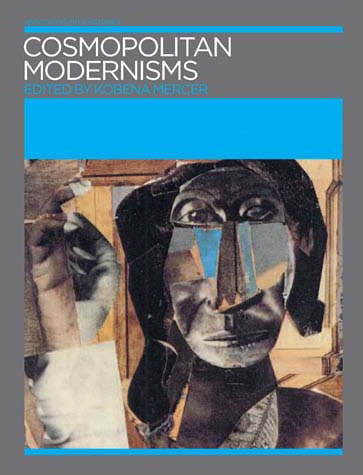ISBN: 978-1-899846-44-3
232pp
Softback with flaps
235 x 180mm, 34 colour illustrations
Co-published by Iniva and The MIT Press, 2007
Essays by: Holly Barnet-Sanchez, Gavin Butt, Geeta Kapur, Martina Koppel-Yang, Kobena Mercer, Colin Richards, Sonia Salzstein, Tomas Ybarra-Frausto
Artists include: Shirley Clarke, Robert Colescott, Antonio Dias, Wang Guangyi, David Hammons, Bhupen Khakhar, David Koloane, Esther Mahlangu, Amalia Mesa-Bains, Zwelethu Mthethwa, Shen Raoyi, Betye Saar, Teddy Sandoval, Wu Shanzhuan, Durant Sihlali, Larry Yanez
Book design: Untitled





